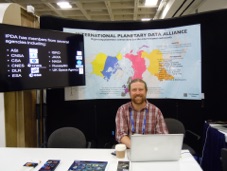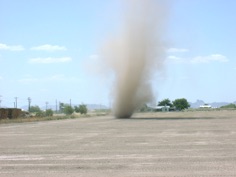Lynn D. V. Neakrase, Ph.D.

Employment:
Planetary Geologist
Research Scientist, Senior
Science Infusion Manager
PDS4 Change Control Board Chair
NASA Planetary Data System,
Planetary Atmospheres Node,
New Mexico State University
Research Interests:
Aeolian Geomorphology,
Physics of Particle Lifting,
Laboratory Experiment Design,
Dust Devils on Earth and Mars,
Mars Polar Wind Streaks,
Dunes, Wind Streaks, Ventifacts
Mars, Earth, Venus, Titan
Languages: English, French, Russian, (Lithuanian, Italian)
Data Archiving,
PDS4 Development,
XML, Python programming
PDS4 Mission Coordination
PDS4 Data Migration
Degrees Held:
Ph.D. (2009) Geological Sciences
School of Earth and Space Exploration
Arizona State University
M.S. (2001) Geological Sciences
Department of Geological Sciences
Arizona State University
B.A. (1998) Geological Sciences
Minor in Slavic Languages (Russian)
Department of Geological Sciences
Indiana University, Bloomington
B.S. (1997) Astronomy/Astrophysics
Minor in Mathematics
Department of Astronomy/Astrophysics
Indiana University, Bloomington
Contact Info:
Department of Astronomy
New Mexico State University
P.O. Box 30001, MSC 4500
Las Cruces, NM 88011, USA
office: ASTR 213
phone: +1 (575) 646-2566
email: lneakras at nmsu.edu
All About Me
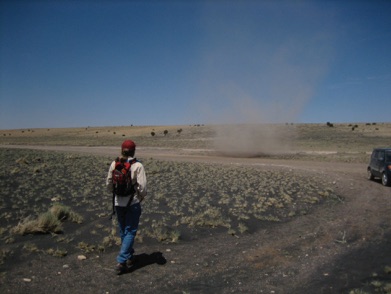
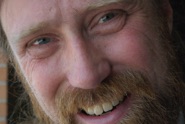
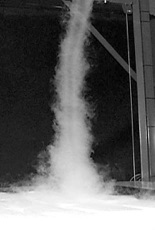
My M.S. work was in conjunction with preparation for the ill-fated Mars Polar Lander mission that was part of the Surveyor ’98 Mars opportunity. My thesis research centered on aeolian geomorphology of the Southern Polar Layered Deposits near the proposed MPL landing site. Aeolian processes included wind streaks due to seasonal CO2 ice sublimation and dust entrainment. Thesis work included photogeomorphic mapping, wind direction determination, and statistical comparison to Mars general circulation models.
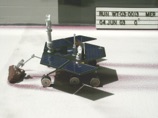
Recent job experience has been through my position as full-time staff at New Mexico State University, with the NASA Planetary Data System, Planetary Atmospheres Node. Responsibilities (2010-present) have involved overseeing undergraduate students in helping to develop the PDS4 archive system. The new system employs tying a central Information Model to a new labeling system implemented in XML. Our students have employed Python programing to begin to update legacy datasets into the new system. We have also been responsible for interfacing with the first new missions to archive under the new system (LADEE and MAVEN).
